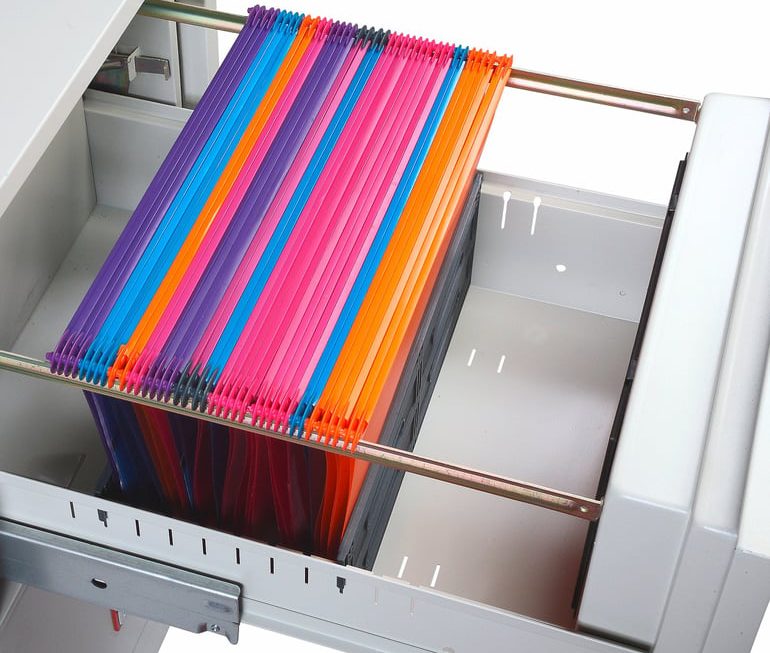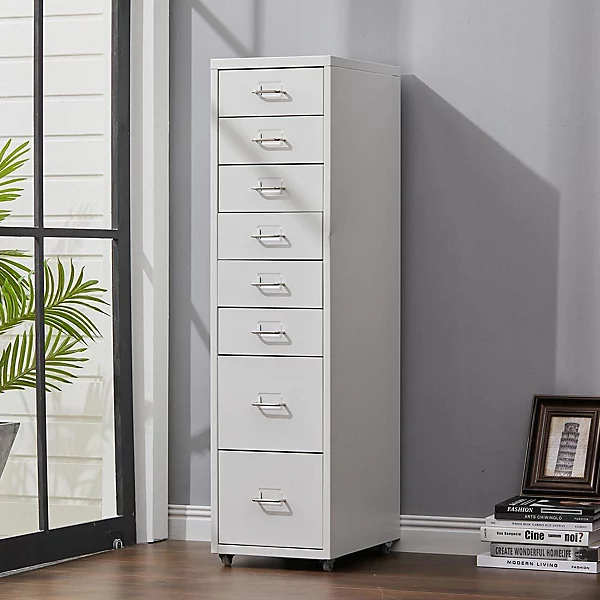 Introduction:
Introduction:
How to fix office chair sinking?
An office chair sinking can be frustrating and uncomfortable, affecting your productivity and overall work experience. The issue often stems from worn-out or faulty components within the chair’s hydraulic system. However, there are simple and effective ways to fix a sinking office chair. In this comprehensive guide, we will explore various methods to troubleshoot and repair a sinking office chair, allowing you to restore its height and functionality. By following these steps, you can regain comfort and support while working.
 Here are some common types of office chairs:
Here are some common types of office chairs:
There are various types of office chairs available to meet different needs and preferences. Here are some common types of office chairs:
Task Chairs:
Task chairs are designed for general office work and provide basic functionality and comfort. They typically have adjustable features like seat height, backrest tilt, and armrests. Task chairs are versatile and suitable for most office environments.
Executive Chairs:
Executive chairs are typically larger and more luxurious than task chairs. They often have higher backs, extra padding, and additional ergonomic features like headrests and built-in lumbar support. These chairs are commonly used by executives or managers who require long hours of sitting and desire both comfort and a sophisticated appearance.
Ergonomic Chairs:
Ergonomic chairs are specifically designed to support proper body posture and reduce the risk of discomfort or musculoskeletal issues. They usually have adjustable features to allow customization and promote healthy sitting positions. These chairs are favored for their ability to minimize strain on the back, neck, and other body parts.
Mesh Chairs:
Mesh chairs have a backrest made of breathable mesh fabric. This allows for improved airflow and makes them suitable for individuals who tend to get hot or sweat easily. Mesh chairs are known for their comfortable and supportive nature.
Conference Chairs:
Conference chairs are designed for use in meeting rooms or conference areas. They are often sleek and minimalist in design, with moderate padding and swivel capabilities. Conference chairs prioritize mobility and ease of movement.
Guest Chairs:
Guest chairs are placed in reception areas or conference rooms to accommodate visitors or clients. They are designed for brief periods of sitting and are usually less adjustable compared to task or executive chairs. Guest chairs can range from simple designs to more comfortable and stylish options.
Stacking Chairs:
Stacking chairs are lightweight and easy to store. They can be stacked on top of each other to save space when not in use. These chairs are commonly used in training rooms, multipurpose spaces, or areas that require flexible seating arrangements.
These are just a few examples of office chair types available in the market. Choosing the right office chair depends on factors like budget, specific requirements, ergonomics, and personal preference. It’s important to consider factors such as adjustability, comfort, durability, and overall support when selecting an office chair that suits your needs.
 Identifying the Cause of Office Chair Sinking
Identifying the Cause of Office Chair Sinking
Hydraulic System:
The hydraulic system is responsible for adjusting the height of the chair.
Over time, the hydraulic cylinder or gas lift may wear out, leading to a sinking chair.
Loose Fasteners:
Loose screws and bolts can prevent the office chair from staying in an elevated position.
Inspecting and tightening these fasteners is a crucial step in resolving the sinking issue.
Damaged Adjustment Mechanism:
The adjustment mechanism allows users to raise or lower the chair.
If this mechanism is damaged or malfunctioning, it can result in an unstable or sinking chair.
Troubleshooting and Repairing a Sinking Office Chair
Inspect the Hydraulic Cylinder:
Determine if the hydraulic cylinder is the cause of the sinking issue.
Look for signs of leakage, such as oil stains or a greasy appearance.
Replacing the Hydraulic Cylinder:
If the hydraulic cylinder is damaged or leaking, it may need replacement.
Begin by removing the base of the chair, then detach the cylinder from the seat pan using a wrench.
Install a new hydraulic cylinder by carefully connecting it to the seat pan and securing it with the necessary fasteners.
Checking and Tightening Fasteners:
Examine and tighten any loose screws, bolts, or fittings on the chair.
Pay particular attention to the base, seat pan, adjustment mechanism, and armrests.
Repairing or Replacing the Adjustment Mechanism:
Assess the adjustment mechanism and determine if it is responsible for the sinking chair.
Depending on the severity of the issue, you can attempt to repair the mechanism by cleaning and lubricating it.
If necessary, consider replacing the adjustment mechanism to restore proper functionality.
Regular Maintenance and Prevention Tips
Routine Inspection and Cleaning:
How to fix office chair sinking?
Regularly inspect your office chair for signs of wear, damage, or loose components.
Clean the chair regularly to remove dirt, dust, and debris that can affect its performance.
Weight Limit Consideration:
Be mindful of the weight limit specified for your office chair.
Exceeding the weight limit can cause strain on the hydraulic system, leading to more frequent issues.
Sitting Position and Habits:
Encourage proper sitting habits, such as sitting upright and not slumping or leaning heavily on the chair.
Maintaining good posture can help reduce unnecessary stress on the chair’s components.
 There are several ways to make an office chair more comfortable. Here are some tips:
There are several ways to make an office chair more comfortable. Here are some tips:
Adjust the Chair Height:
Ensure that the chair is at a height that allows your feet to rest flat on the floor or use a footrest if needed. Your knees should be at a 90-degree angle and aligned with your hips.
Use Lumbar Support:
If your chair lacks proper lumbar support, consider using a lumbar roll or cushion to support the natural curve of your lower back. This helps maintain good posture and reduces strain on the back.
Add a Cushion or Seat Pad:
If the chair’s seat pad is too firm or lacks padding, consider using a cushion or seat pad to provide added comfort and support. Look for one that has enough cushioning and promotes good posture.
Adjust Armrests:
Armrests should be positioned at a height that allows your shoulders to relax and your arms to rest comfortably. They should support your forearms without causing strain or discomfort. Adjust or remove armrests as needed.
Use a Headrest:
If your chair has a headrest, adjust it to support your head and neck, especially during moments of relaxation or when taking short breaks. A headrest can help relieve strain on the neck and promote better posture.
Take Regular Breaks:
Even with a comfortable chair, it’s essential to take regular breaks to stretch and change your sitting position. Stand up, walk around, and perform simple stretches to reduce fatigue and improve circulation.
Pay Attention to Ergonomics:
Consider investing in an ergonomic office chair that is designed to support proper posture and comfort. Ergonomic chairs often have adjustable features like seat height, backrest tilt, and lumbar support to suit individual preferences.
Maintain Good Posture and Movement:
Sit with your back against the chair’s backrest and avoid slouching or slumping forward. Keep your shoulders relaxed and your feet flat on the floor. Make a habit of frequently shifting positions and adjusting your sitting posture throughout the day.
Remember, comfort is subjective, so it’s essential to find what works best for you. Experiment with different adjustments, cushions, or accessories until you find the most comfortable setup for your office chair.
 Conclusion:
Conclusion:
How to fix office chair sinking? A sinking office chair can be both bothersome and detrimental to your work experience. By following the steps outlined in this comprehensive guide, you can troubleshoot and repair the sinking issue effectively. Regular maintenance and preventive measures are vital to keeping your office chair in optimal condition. Remember to inspect and clean the chair regularly, tighten any loose fasteners, and be mindful of weight limitations. By investing time and effort into fixing a sinking office chair, you can restore comfort, support, and functionality to enhance your productivity and overall well-being in the workplace.



